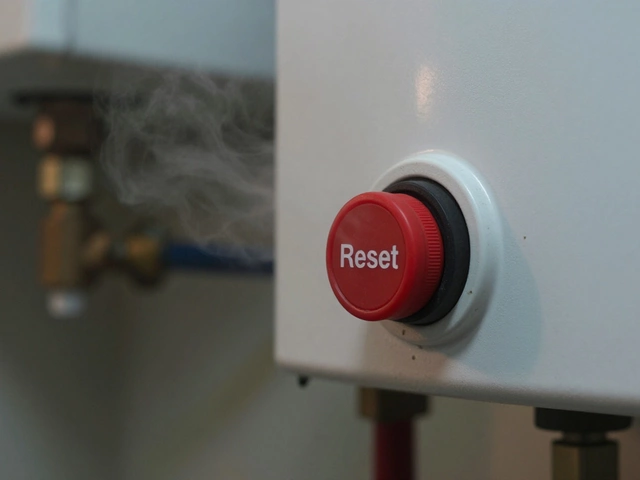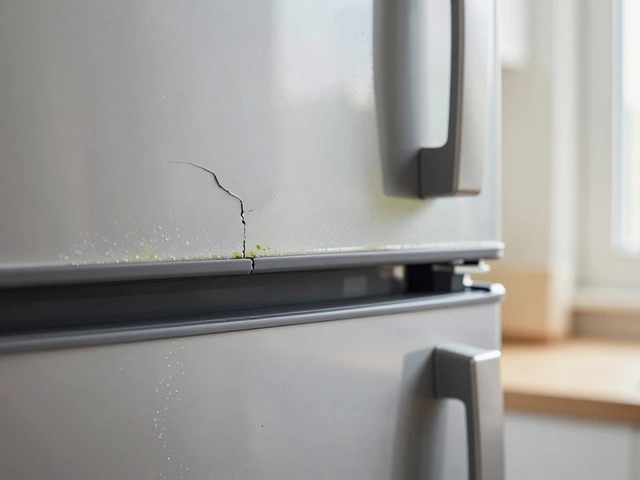Kitchen Air Quality: Keep Your Cooking Space Fresh
When working with Kitchen Air Quality, the level of clean, breathable air inside your cooking area, affected by fumes, steam, and odors. Also known as indoor kitchen environment, it determines comfort and health while you cook. Good Extractor Fan, a device that pulls out smoke, grease and moisture and proper Ventilation, the flow of fresh air through ducts or windows are the main tools that shape this environment. Together they influence Indoor Air Pollutants, particles like grease, odors, carbon monoxide and moisture that can affect health and must meet UK Building Regulations, legal standards that require effective kitchen ventilation. Understanding how these pieces fit helps you avoid stale smells, mold, and breathing issues while you whip up meals.
Why It Matters and How the Pieces Connect
Kitchen Air Quality isn’t just a buzzword; it’s a health factor that shows up every time you fire up the stove. An extractor fan removes cooking fumes, which reduces the concentration of indoor air pollutants. Adequate ventilation replaces that filtered air with fresh outdoor air, keeping humidity in check and preventing condensation that can lead to mould growth. When the fan and ventilation work together, they lower the risk of carbon monoxide buildup – a concern especially in homes with gas hobs. The UK Building Regulations explicitly state that any kitchen serving a dwelling must have a means of extracting contaminated air, so complying isn’t optional, it’s mandatory. By matching fan capacity (CFM) to your cooktop size, you make sure the system can handle peak loads during busy cooking sessions.
Many homeowners think a single fan is enough, but the layout of your kitchen, the type of cooking you do, and even the placement of windows affect how air moves. If you frequently grill or fry, you’ll generate more grease particles; a high‑speed fan with a grease‑catching filter becomes essential. Conversely, a light‑use kitchen might get away with a quieter, low‑CFM fan that still meets the legal air change rate. Some modern fans even have sensors that ramp up speed when smoke is detected, which ties directly into maintaining good air quality without you having to lift a finger. Installing a timer or linking the fan to your range’s switch ensures it runs long enough to clear residual heat and moisture, cutting down on lingering odors.
All of these details stitch together a clear picture: improving kitchen air quality starts with the right extractor fan, proper ventilation paths, awareness of indoor pollutants, and adherence to UK standards. Below you’ll find articles that break down each of these topics – from choosing the perfect fan size to DIY checks for excess humidity, from understanding how gas hobs affect indoor air to simple habits that keep your kitchen breathing easy. Dive in and equip yourself with the know‑how to keep your cooking space fresh, safe, and compliant.
Abandoning the use of an extractor fan can lead to a host of indoor air problems, including moisture build-up and unpleasant odors. This article delves into the reasons why using an extractor fan is crucial for maintaining a healthy living environment. Learn how poor air circulation can affect your home's structural integrity and your family's well-being. Discover practical tips on maintaining your extractor fan for long-lasting efficiency. Explore everything from airflow basics to troubleshooting common issues.


